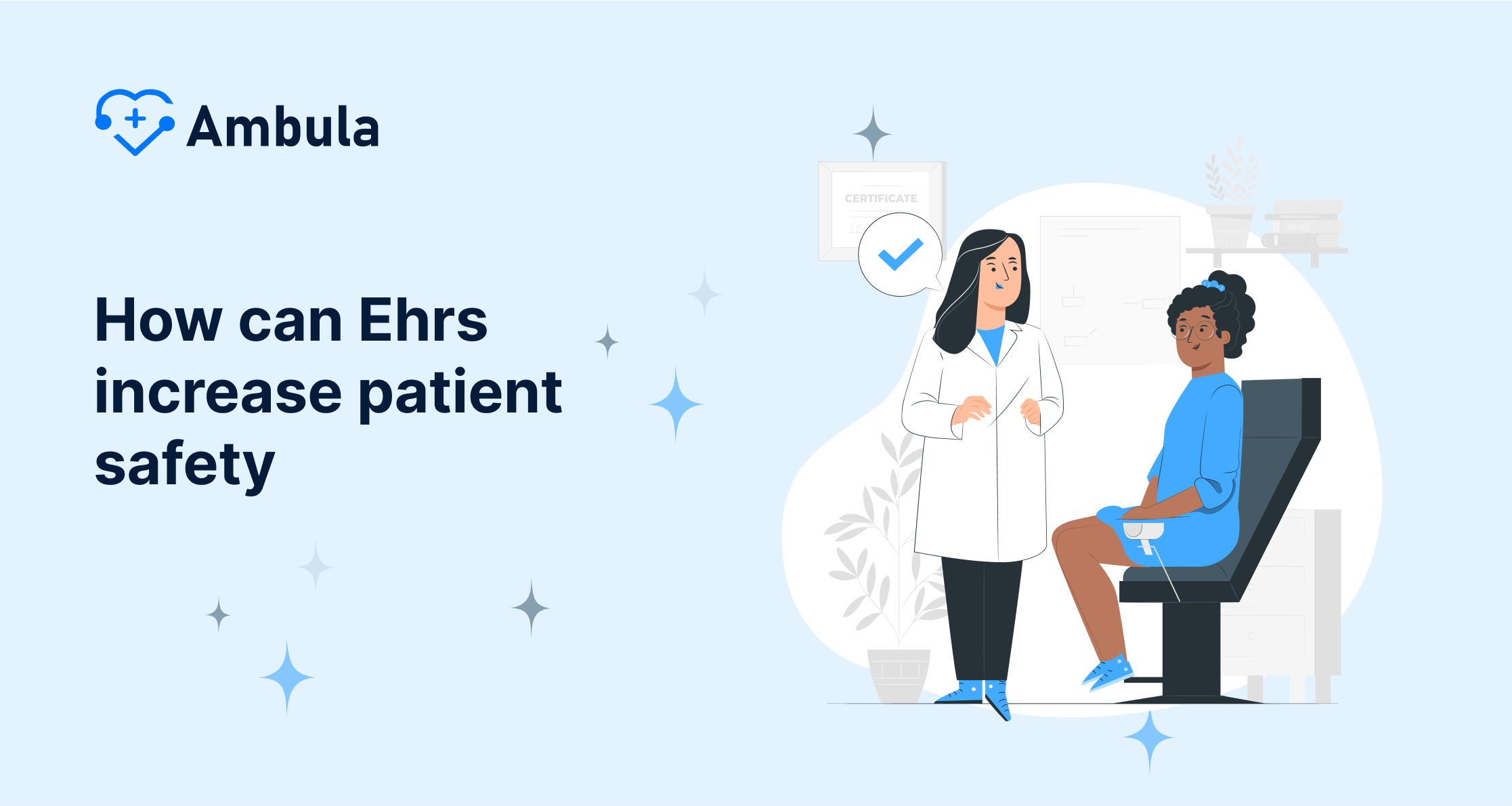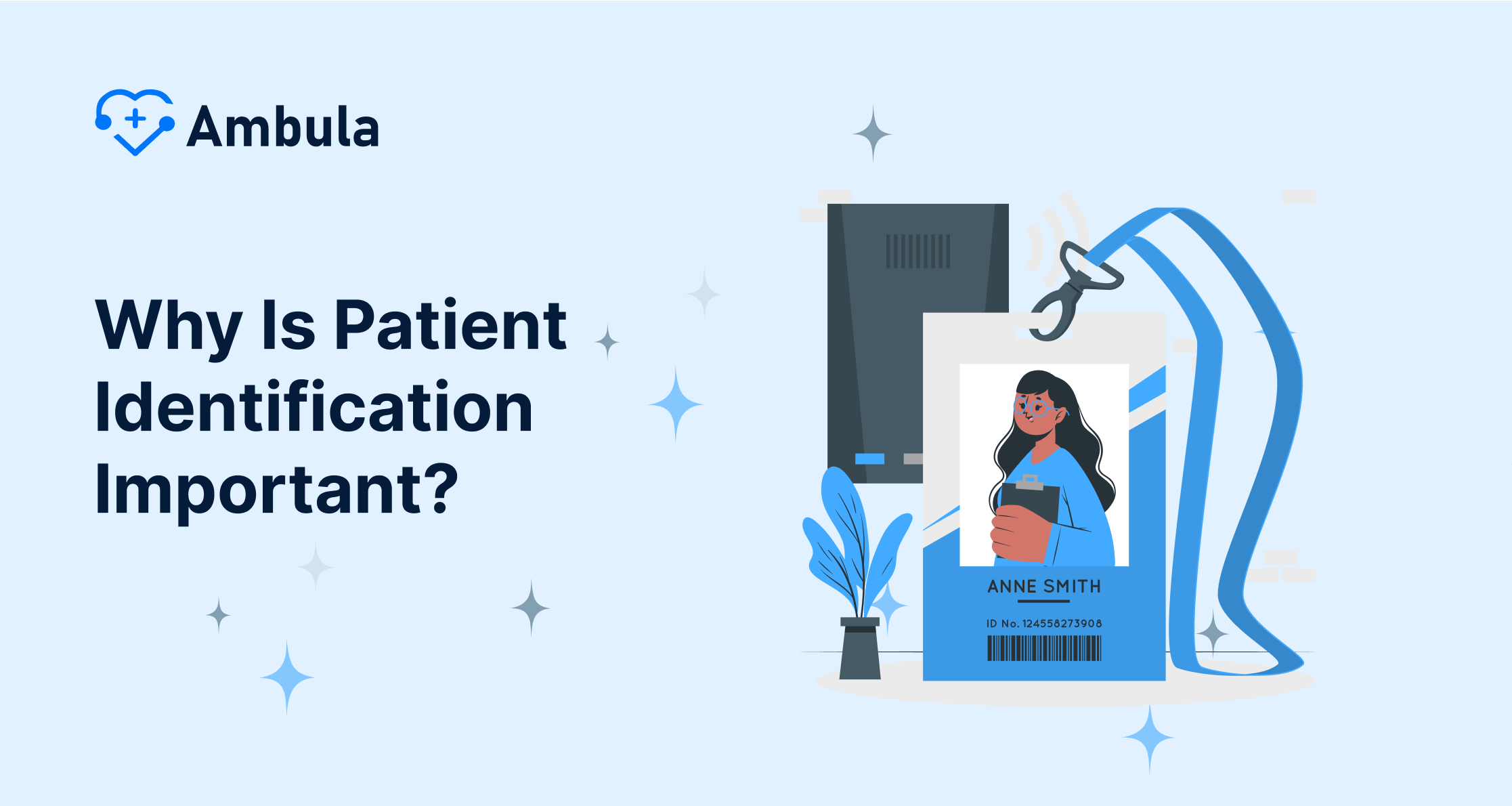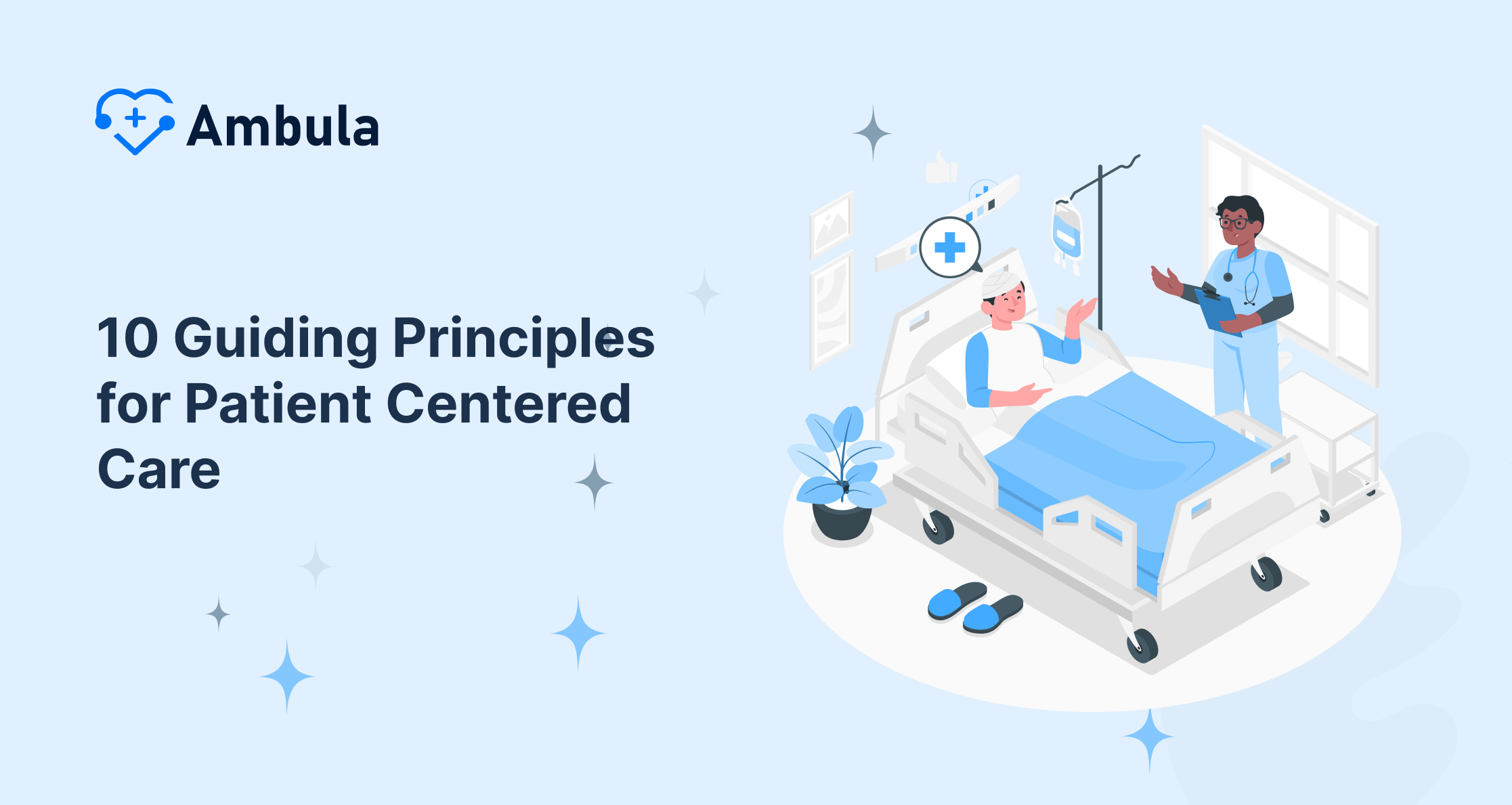
Welcome to the world of healthcare, where navigating through each day sets you on a unique patient journey. One of the major challenges that arise often is how to deal with difficult patients. It’s a test of both your professional abilities and the limit of your empathy. Accentuating the patient flow and effectively managing their medication rights is an art perfected through understanding the intricate dynamics of patient-provider relationships.
In this journey, we often stumble upon patients who appear challenging or difficult. However, the key is to realize that the term ‘difficult patient’ refers to certain behaviors rather than the inherent nature of these individuals. The often stressful, emotionally charged environmental issues of healthcare catalyze such responses from patients.
In our tireless pursuit to improve the healthcare experience, let’s embark on a process of understanding, empathy building, and effective communication skills that are instrumental in transforming these challenges into rewarding outcomes.
Identifying Difficult Patients
Identifying difficult patients is the first hurdle in this journey. Understanding this key aspect will help you promote a healthy doctor-patient interaction. Look for the signs. Difficult patients can be overly demanding, indecisive, or even non-communicative. Other times, they may defy your recommendations or appear aggressive, like angry patients or hostile patients.
However, realizing that these patient characteristics do not define the patients is essential. Our designation of them as “difficult” acknowledges the additional effort required to foster a therapeutic relationship and manage difficult patients constructively. Therefore, identifying these behaviors is our first step toward developing adaptive strategies.
Bear in mind, though, that the term “difficult” should not be a brand that stigmatizes patients. It’s merely a flag that urges healthcare professionals to practice increased patience, empathy, and in-depth understanding when dealing with a difficult patient.
Common Reasons Why Patients Become Difficult
Shedding light on why patients sometimes become difficult aids in eradicating any kind of stigma around it. Many underlying reasons can trigger such behavior. It could be fear, anxiety, a lack of understanding about their condition, or even cultural competence and literacy issues, creating a chasm between them and their provider.
Imagine yourself in an unfamiliar territory. It’s natural to feel anxious or possibly defensive, leading to defensive patients or frightened patients. Similarly, our patients may develop ‘difficult’ behaviors as a reaction to an unfamiliar, perhaps intimidating, healthcare environment. Efforts to make them feel understood and comfortable will go a long way in establishing trust and bridging this chasm.
Moreover, in certain instances, patients may be overwhelmed with medical jargon or complex care practices. This uncertainty could potentially drive them into a defensive mode and instigate behaviors we perceive as ‘difficult,’ such as resistant patients or manipulative patients. Unpacking this defensive shell calls for patience, clarity, and effective communication.
Emotional Impact on Healthcare Providers
Emotional impact is a substantial aspect of healthcare provision. Apart from important healthcare procedures, how to deal with rude patients as a nurse can also lead to significant stress. You may experience a gamut of feelings, from frustration to distress, and it’s imperative to recognize signs of distress to ensure they don’t impact the care you provide.
Being a healthcare provider isn’t just about the physical act of providing care. It’s a role that binds you in an emotional journey with your patients. You’re bound to feel frustrated when working with a challenging patient; try to remain calm. Acknowledging these feelings can help confront them head-on, ensuring they don’t interfere with your work.
It’s okay to feel this way. The ability to recognize and maintain your emotional balance not only helps you deliver your best but also safeguards your mental well-being. Offering care isn’t merely a one-way communication; it’s a shared experience, and managing your emotions effectively can pave the way for better patient encounters.
The Art of Empathy and Understanding
Greater empathy towards patients who seem difficult can enhance the healing process significantly. Empathy signifies understanding the patient’s perspective and recognizing signs of distress. Understanding their perspective can help us better tailor our approach, improving the patient journey.
Healthcare is fundamentally about providing care. To do so effectively, stepping into the patient’s shoes often paints a clearer picture of their experiences. The supposedly difficult behavior suddenly becomes understandable once we perceive their fears and uncertainties. It’s then that we can begin how to handle difficult patients more effectively.
Cultivating understanding and empathy isn’t just a personal virtue; it’s a crucial skill for every healthcare provider. We can respond adequately to aid the patient only when we truly understand, converting difficult patient scenarios into opportunities for improved communication and care.
Unleashing the Power of Effective Communication
Effective communication is a tool with enormous potential to transform healthcare experiences. Not only does it involve active listening, but it also requires conveying clear, understandable explanations regarding the patient’s medication rights and conditions. A positive non-verbal communication pattern adds extra comfort for patients, making their journey smoother.
Active listening can mend many bridges in the patient-provider relationship. It validates the patient’s concerns and assures them they’re heard and understood. Coupling this with clear explanations about their treatment plan or medication rights empowers them with the necessary knowledge, ultimately encouraging compliance. This is how to deal with demanding patients.
Non-verbal communication also plays a significant role during interactions. A comforting smile, maintaining eye contact, and a gentle tone can communicate much more than words. Together, they create a secure and trusting environment that can turn a challenging interaction into a rewarding healing journey. This is especially important when working with a challenging patient, try to remain calm and empathetic in your non-verbal cues.
Embracing the Patient-Centered Approach
We all know that every patient is unique. Their path in healthcare isn’t just about the disease they’re diagnosed with, but it’s a winding road filled with individual experiences, emotions, and needs. Applying a patient-centered approach can better prepare you to meet the unique needs of particular patients, improving patient flow in the process.
A patient-centered approach aims to see patients as distinct individuals with unique needs and not label them as “difficult.” It focuses on their concerns and needs, encouraging patient advocacy in their treatment and decision-making process. It urges you to view situational characteristics from their lens.
This approach refines patient flow, as you’re better equipped to anticipate their needs and responses. It aids in planning their care more comprehensively, aligning it with their unique needs, and leading to positive patient outcomes through collaborative goal setting.
Mastering Conflict Resolution Techniques
Dealing with difficult patients often puts conflict resolution techniques to the test. Being calm, empathetic, and nondefensive are key pillars of de-escalation techniques with patients. Reacting emotionally to such situations might only fuel the fire, escalating conflicts further.
Positive conflict resolution begins with staying calm. Your calm demeanor can influence the patient and diffuse tension. Providing empathetic responses, understanding their perspective, and not taking their behavior personally can help de-escalate a potentially volatile situation. This is how to handle a difficult patient.
Remember, the main goal when dealing with an angry patient is not about winning an argument but understanding the patient’s concerns better. Responding, not reacting, is critical here. Following such techniques minimizes conflicts and enhances patient-provider relationships, leading to more positive healthcare experiences for both parties.
The Essential Aspect of Self-Care for Healthcare Providers
Self-care for nurses isn’t a luxury; it’s a survival tool in the demanding world of healthcare. It’s impossible to care for others aptly without caring for your physical and psychological health first. Discover activities that resonate with you, reduce stress, and help you relax. Don’t shy away from seeking supervision if needed.
Engaging in daily self-care rituals is essential in maintaining your emotional well-being. Whether it’s pursuing a hobby, exercising, practicing mindful practice, or simply enjoying a quiet moment with a cup of tea – dedicate time for yourself.
Furthermore, seeking support from colleagues, supervisors, or professional counselors can alleviate stress. Sharing experiences and coping strategies can provide insights into how to deal with difficult patients in healthcare better. After all, a healthy, happy healthcare provider is undeniably the backbone of a profitable healthcare setting.
Conclusion
In healthcare, we encounter many challenges daily, the most prominent being how to deal with a difficult patient. These instances, however, offer invaluable opportunities to grow, learn, and mature professionally and personally. Our commitment to empathy, effective communication, understanding, and self-care forms the cornerstone of transforming these challenges into avenues of personal gratification and improved patient care.
Life in the healthcare sector is a roller coaster ride with ups and downs. Every turn teaches us something new; every jolt gives us valuable insights. The diversity in patient journeys prepares us for any wave that might come our way. We realize that merely labeling a patient as difficult isn’t the solution, but rather how to handle a difficult patient with understanding.
With each patient, each day, let’s welcome the challenges that come our way. Let us turn these hurdles into stepping stones for an improved career in healthcare, an enhanced patient journey, and a fulfilling life. After all, it’s not just about providing care but doing so compassionately for every patient who crosses our path. Learning life lessons from these challenges leads to growth both personally and professionally. So, let’s celebrate these pivotal moments and grow stronger together, no matter how difficult the patient.




